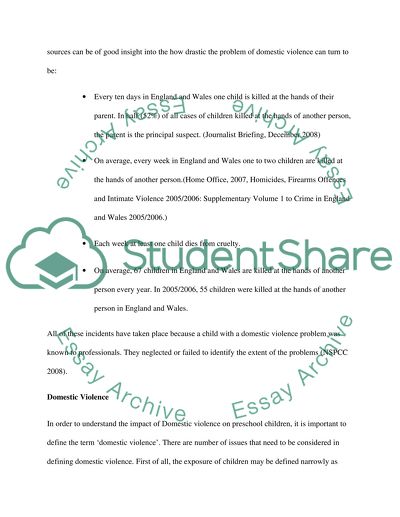Cite this document
(“Impact of Domestic Violence against Children Essay”, n.d.)
Impact of Domestic Violence against Children Essay. Retrieved from https://studentshare.org/sociology/1511284-impact-of-domestic-violence-against-children
Impact of Domestic Violence against Children Essay. Retrieved from https://studentshare.org/sociology/1511284-impact-of-domestic-violence-against-children
(Impact of Domestic Violence Against Children Essay)
Impact of Domestic Violence Against Children Essay. https://studentshare.org/sociology/1511284-impact-of-domestic-violence-against-children.
Impact of Domestic Violence Against Children Essay. https://studentshare.org/sociology/1511284-impact-of-domestic-violence-against-children.
“Impact of Domestic Violence Against Children Essay”, n.d. https://studentshare.org/sociology/1511284-impact-of-domestic-violence-against-children.


